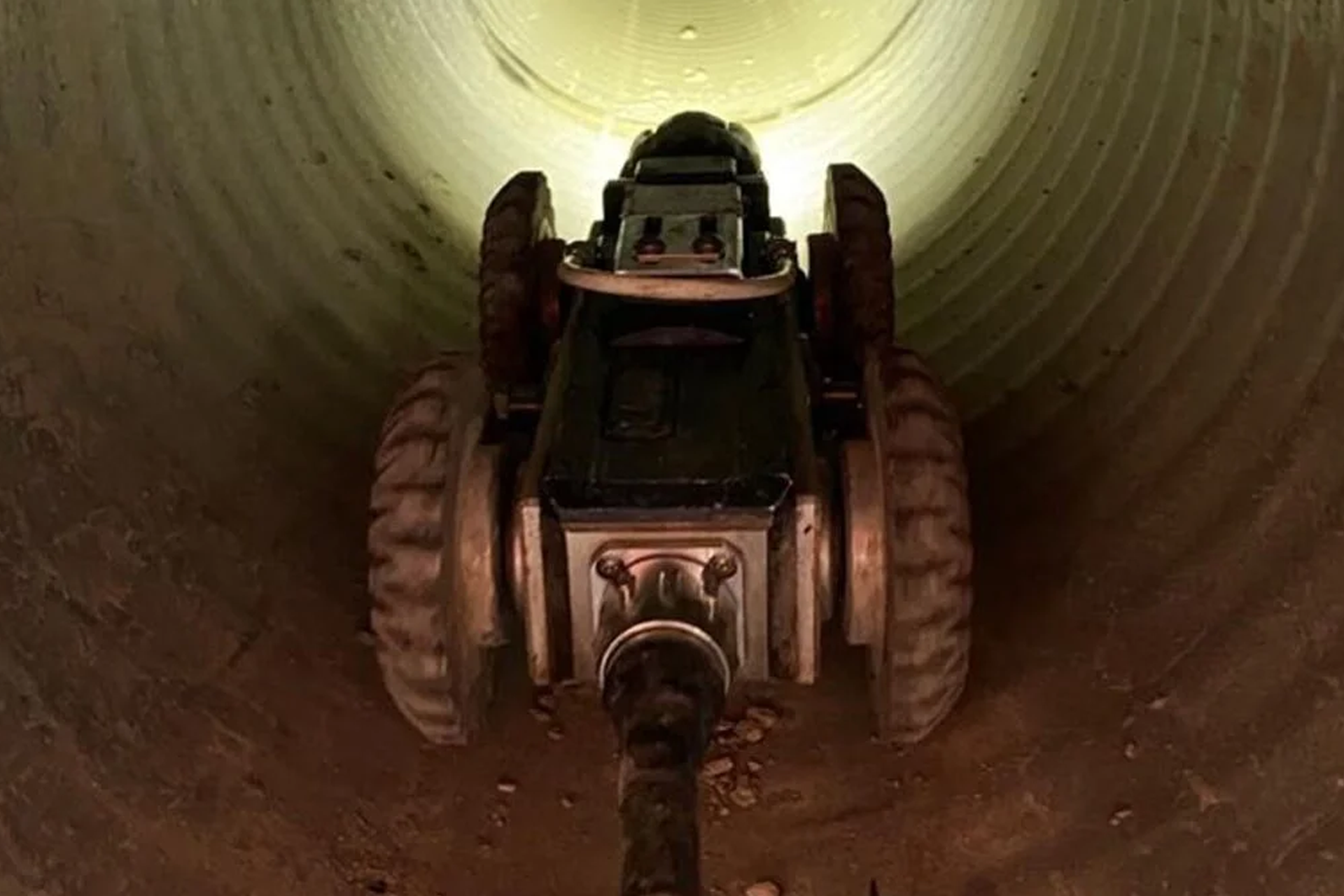Not known Details About Reclaim Waste
Not known Details About Reclaim Waste
Blog Article
Reclaim Waste Fundamentals Explained
Table of ContentsThe Ultimate Guide To Reclaim WasteSome Known Incorrect Statements About Reclaim Waste Our Reclaim Waste StatementsAn Unbiased View of Reclaim WasteReclaim Waste Fundamentals Explained
Discover the kinds, events, and types of fluid waste. Domestic sewer waste refers to the waste and items from a household sewage-disposal tank. This type of waste is developed by people in houses, colleges, and other buildings. This only consists of septic storage tanks that have a drain field. The correct management and disposal of residential sewer waste need fluid waste to be moved to a sewage treatment plant where the correct methods and tools are related to purify and throw away waste.
Industrial waste often consists of possible risks, such as flammable products or a blend of fluid and solid waste products, and needs an extra innovative and in-depth disposal procedure. The disposal of business waste generally includes the filtering of waste prior to transportation to ensure risk-free and correct disposal. Industrial waste is created from byproducts and overflow of commercial processes and production.
This kind of waste can not make use of the exact same sewage monitoring transportation or processes as septic or industrial fluids. The hazardous waste monitoring process calls for the assessment and testing of fluid waste prior to it goes through the disposal procedure (industrial wastewater treatment). Drainage waste is the fluid waste that originates from runoff and excess stormwater in extremely booming locations or cities
Overflow waste can trigger contamination and flooding if not taken care of appropriately. Ensuring proper waste administration can stop disasters and reduce ecological damage.
How Reclaim Waste can Save You Time, Stress, and Money.
Get in touch with PROS Providers today to learn regarding our waste administration and disposal solutions and the correct means to take care of the fluid waste you create.
(https://writeablog.net/reclaimwaste1/reclaiming-resources-a-comprehensive-guide-to-industrial-wastewater-treatment)Do you recognize what takes place to your water when you end, flush the toilet or drain pipes the washing equipment? No? Well, it deserves knowing. This so-called 'wastewater' is not just a vital resource yet, after therapy, will be launched to our land, rivers or the sea. Made use of water from bathrooms, showers, baths, kitchen sinks, laundries and industrial procedures is referred to as wastewater.

water used to cool down equipment or tidy plant and tools). Stormwater, a kind of wastewater, is drainage that moves from agricultural and metropolitan locations such as roofings, parks, gardens, roads, courses and rain gutters into stormwater drains pipes, after rain. Stormwater moves neglected straight to local creeks or rivers, eventually getting to the ocean.
Rumored Buzz on Reclaim Waste
In Queensland, a lot of wastewater is dealt with at sewer therapy plants. Wastewater is transferred from residential or commercial sites with a system of sewers and pump stations, known as sewage reticulation, to a sewage therapy plant.
The Division of Natural Resources recommends city governments about handling, operating and maintaining sewage systems and therapy plants. In unsewered areas, regional federal governments may need householders to install private or family sewage therapy systems to treat domestic wastewater from toilets, cooking areas, shower rooms and laundries. The Division of Natural Resources authorises using family systems when they are verified to be effective.
In some new class, therapy of some stormwater to remove litter, sand and gravel has begun utilizing gross contaminant traps. Wastewater therapy occurs in 4 stages: Removes strong issue.
Uses tiny living microorganisms understands as micro-organisms to break down and get rid of continuing to be liquified wastes and fine bits. Micro-organisms and wastes are integrated in the sludge.
Everything about Reclaim Waste
Nutrient elimination is not offered at all sewage treatment plants because it requires pricey specialist equipment. Clear fluid effluent produced after therapy might still contain disease-causing micro-organisms - liquid waste removal melbourne.

Most wastewater flows right into the sewerage system. Under the Act, neighborhood governments administer approvals and licences for eco appropriate tasks (Ages) involving wastewater releases that could have a local impact.
Not known Details About Reclaim Waste
Otherwise, samples are taken for research laboratory evaluation. Usually lots of examinations are needed to establish the levels of each of the different toxins such as oils, heavy metals and chemicals in water. Monitoring gives accurate information concerning water top quality and check over here can validate that licence conditions are being fulfilled. The information gotten via surveillance supplies the basis for making water quality choices.
Report this page